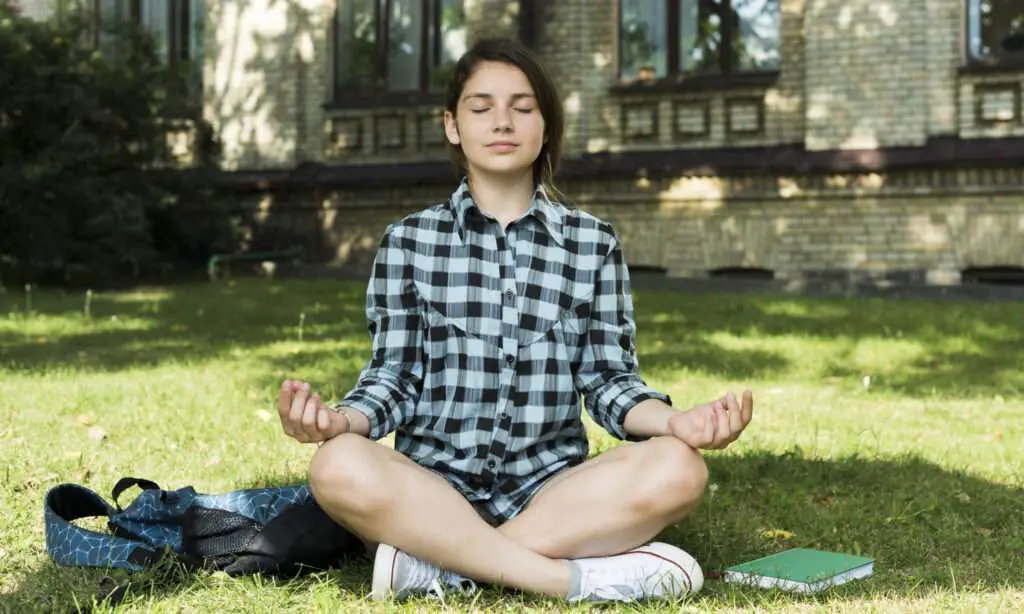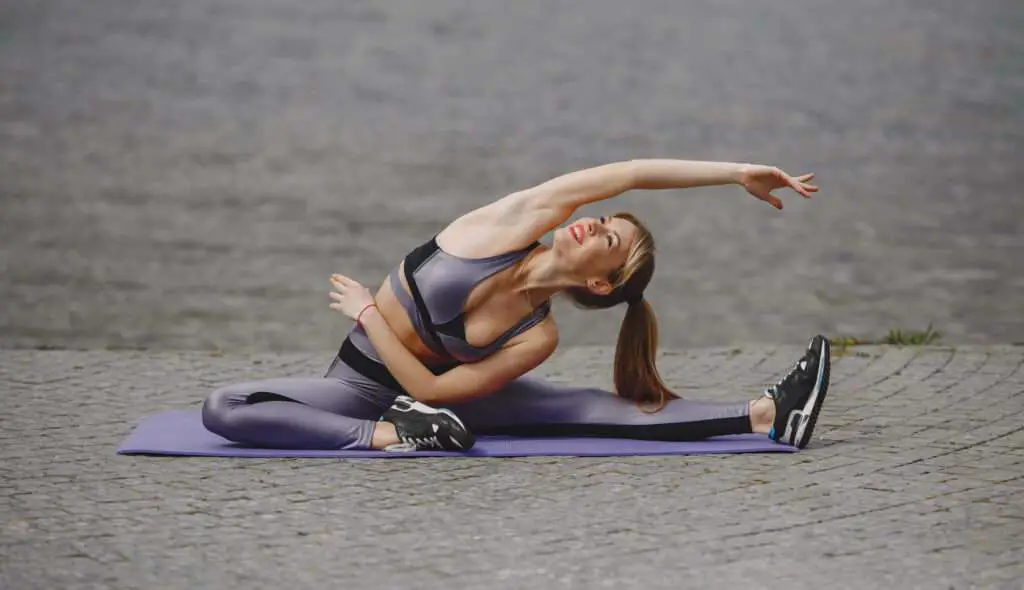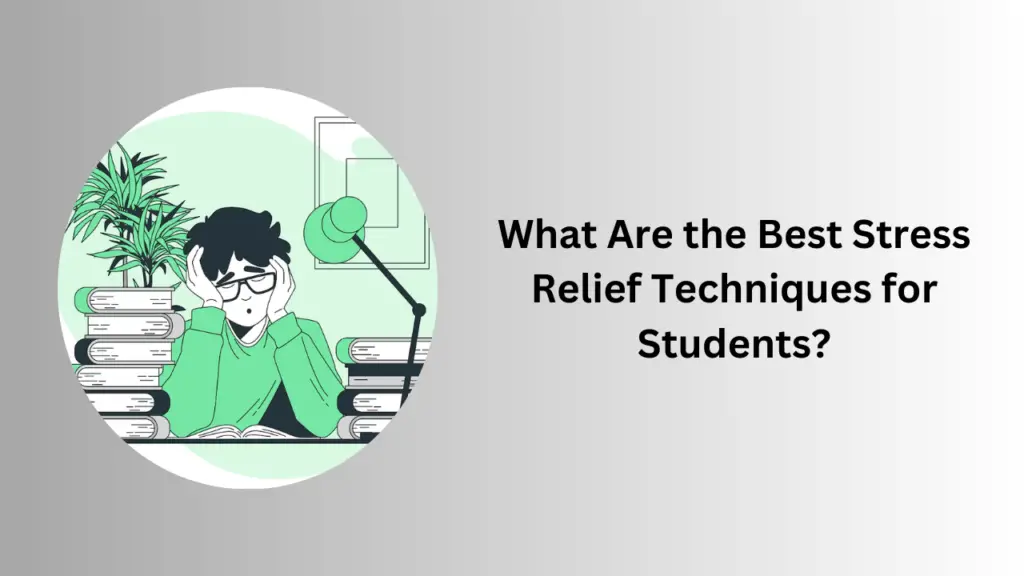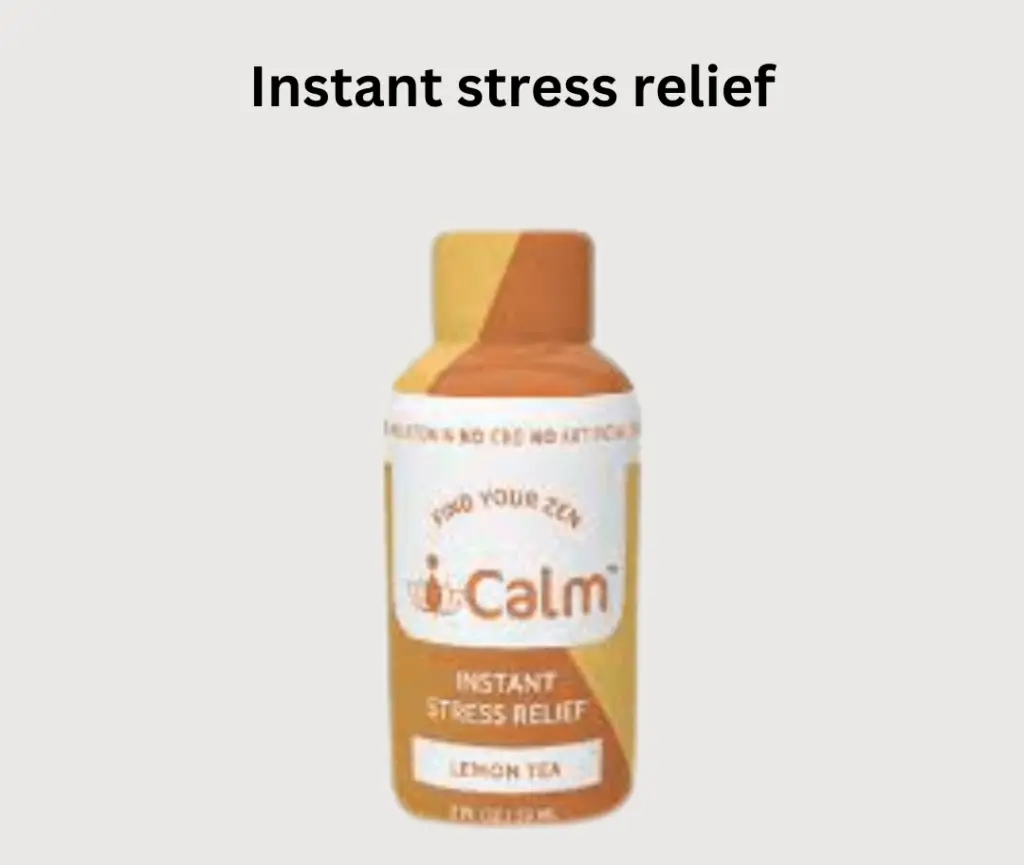Table of Contents
ToggleIntroduction
Are you feeling overwhelmed by the demands of student life? Do deadlines, exams, and social pressures leave you feeling stressed? In this comprehensive, we will explore the stress relief techniques for students. From mindfulness practices to physical activities, we’ve got you covered with practicals to help you navigate stressful times.
Mindfulness and Meditation

Stress often stems from worries about the future or regrets about the past. By practicing mindfulness meditation, you can learn to focus on the present moment, significantly reducing feelings of anxiety and overload. Here are some techniques to try:
- Mindful breathing exercises to center yourself in the here and now
- Meditation sessions that are guided aim to relax both the mind and body
- By performing body scan meditation, you can release tension and stress from the body.
- It helps you to reduce stress and anxiety and modulates mood.
- It helps you to promote memory, learning, and healthy sleep.
- It helps you to calm the brain, heart, and lungs, uplift mood, and reduce anxiety.
- It helps you to Protect nerves and brain cells in the face of environmental and other stressors.
- It helps you to improve mental function and increases focus and attention.
Physical Exercise
Exercise is a powerful stress buster that can boost your mood and increase your energy levels. Whether you prefer yoga, running, dancing, or weightlifting, engaging in physical activity can help you unwind and recharge. Consider these options:
- Joining a sports team or club to stay active and socialize
- Taking a walk or jog in nature to clear your mind
- Explore online workout videos for both convenience and variety
Healthy Lifestyle Choices

Your diet, sleep, and lifestyle can significantly impact your stress levels. Making small changes in your daily habits can lead to big improvements in your well-being. Consider the following tips:
- Eating nutritious, balanced meals to fuel your body and mind
- Getting sufficient sleep to allow for rest and recovery
- Limiting caffeine and sugar intake can help reduce jitteriness and anxiety.
Social Support and Connection
Talking to friends, family, or a therapist can provide valuable support during stressful times. Building a strong support network can help you feel less isolated and overwhelmed. Here’s how you can nurture your relationships:
- Getting in touch with loved ones for emotional support and understanding
- Joining study groups or social clubs to connect with like-minded peers
- Seeking professional help if you’re struggling to cope with stress
Time Management and Organization

Feeling stressed often indicates that you’re juggling too many responsibilities at once. By improving your time management and organizational skills, you can create a sense of control and balance in your life. Consider these strategies:
- Creating a schedule or to-do list to give priority to tasks and deadlines
- Breaking big projects into manageable steps
- Using apps or tools to track your progress and stay on top of your workload
Creative Hobbies for Stress Relief
- Paper Mosaics: Creating colorful paper mosaics can be a calming and meditative activity. It allows students to express themselves creatively while focusing on the task at hand, which can help relieve stress.
- Animal Charades: Engaging in playful physical activities like acting out different animals can be a fun way for students to relieve stress and get some exercise.
- Movement to Music Freeze Dance: Combining physical movement with music can be an energizing stress-relieving activity for students. The freeze dance format adds an element of playfulness.
- Gardening: Tending to plants and watching them grow can have a soothing, restorative effect. Gardening gets students outdoors, provides a sense of accomplishment, and connects them to nature.
- Journaling: Writing down thoughts, feelings, and experiences in a journal can be a cathartic way for students to process stress and gain perspective. It allows for self-expression without judgment.
- Photography: Capturing interesting moments and scenes through photography can be a mindful, creative outlet that helps students step away from academic pressures.
- Cooking/Baking: Preparing healthy, delicious meals or baked goods can be a relaxing, rewarding hobby that engages the senses and provides a sense of control.
Yoga Poses for Stress Relief

Standing Forward Bend:
- How to do the pose: Reach tall and exhale forward, then bend your knees enough to place your palms on the floor. Hold for 6-8 breaths.
- Benefits: Stretching hamstrings, thighs, and hips can help alleviate stress, fatigue, and mild depression.
Cat-Cow Pose:
- How to do the pose: Start on all fours, round your back while exhaling, then tilt your pelvis back while inhaling.
- Benefits: Soothes and stretches the lower back, massages the spine, and relieves stress.
Easy Pose (Sukhasana):
- How to do the pose: Sit up straight, extend your legs, and cross your legs toward your torso. Hold for about a minute.
- Benefits: Opens hips, lengthens the spine, promotes serenity, relieves physical and mental exhaustion, and eliminates anxiety.
Head to Knee Forward Bend:
- How to do the pose: Sit straight, bend one leg, and bring the sole of your foot to the upper inside thigh of the other leg. Inhale and turn towards the extended leg.
- Benefits: Stretches the lower body areas, including knees, ankles, hips, and outer thighs.
Bridge Pose (Setu Bandha Sarvangasana):
- How to do the pose: Lie on your back, bend your knees, and place your feet flat on the floor. Lift your hips towards the ceiling.
- Benefits: Strengthens the back muscles, relieves stress and improves posture.
Child’s Pose (Balasana):
- How to do the pose: Kneel on a yoga mat, sit back onto heels, and extend your torso up. Bend forward from the hips, resting your chest on your thighs.
- Benefits: Quietens the nervous system, eases stress, and soothes the mind.
Corpse Pose:
- How to do the pose: To relax your entire body, lay down on your back and stretch your arms and legs.
- Benefits: Relaxes the body and mind, reduces stress, and promotes deep relaxation
By incorporating these yoga poses and techniques into your daily routine, you can effectively manage stress and maintain a healthy balance between your physical and mental well-being.
Conclusion
In conclusion, managing stress as a student is all about finding what works best for you. Whether you prefer mindfulness practices, physical exercise, healthy lifestyle choices, social support, or improved time management, there are plenty of strategies to explore. By incorporating a combination of stress relief techniques into your daily routine, you can build resilience, improve your well-being, and thrive academically. Don’t be afraid to ask for help and prioritize self-care during tough times.

